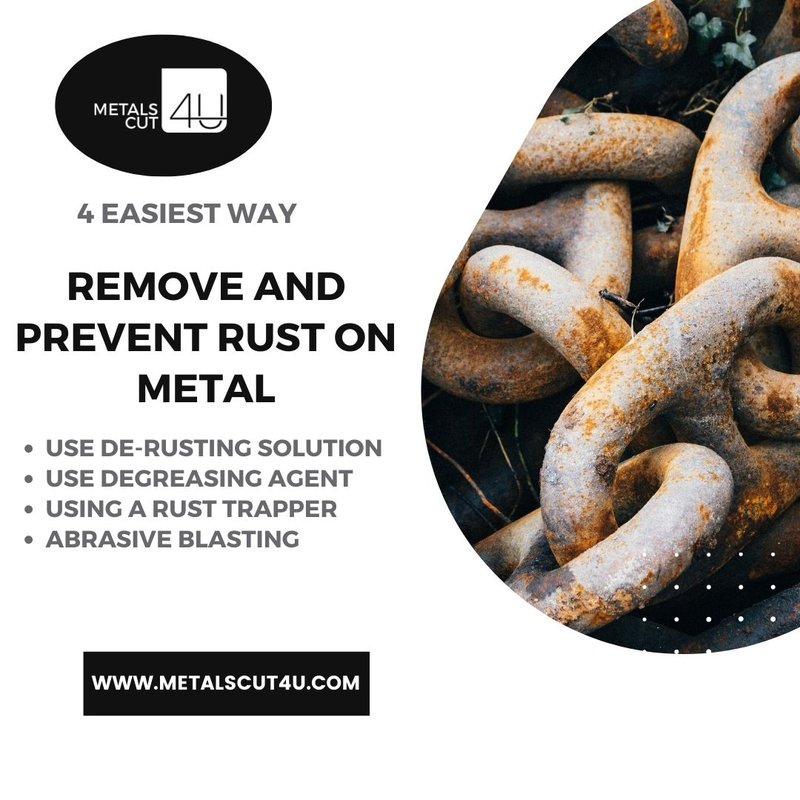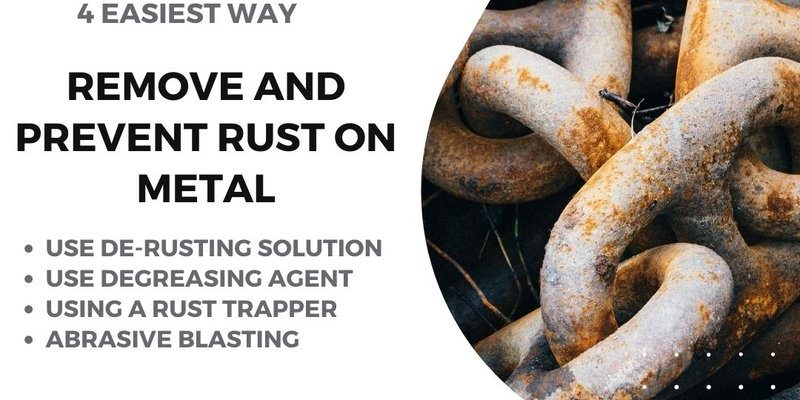
Here’s the thing—rust isn’t just an eyesore. It’s like a slow-moving invader, eating away at your shiny kick plate, making it weak, and eventually forcing a replacement. Preventing rust on metal kick plates isn’t just about looks. It’s about keeping your space looking smart and avoiding small annoyances that turn into big repairs. Whether your kick plate’s stainless steel, brass, or aluminum, the right approach keeps rust at bay and your entry looking sharp.
Honestly, I’ve cleaned a good few rusty plates and learned that *prevention* beats any rescue mission. Let me explain the best ways to keep your metal kick plates rust-free for years—without turning maintenance into a second job.
Why Metal Kick Plates Rust in the First Place
You might be wondering, “Why do kick plates even rust?” It sounds obvious—metal plus water equals rust. But there’s more to it. Kick plates take a beating. Every time someone pushes the door open with their foot, they’re leaving behind not just dirt but also sweat, water, salt (especially from winter boots), and even chemicals from cleaning products.
Many kick plates are made from stainless steel, aluminum, or brass. While manufacturers like Don-Jo, Rockwood, or Hager design them to be tough, *no metal is immune*. Tiny scratches from daily use break down their protective finishes. Once moisture sneaks in, rust (or corrosion, in the case of aluminum) gets to work. Think of it as a slow leak under your sink—the damage stays hidden until it suddenly gets messy.
Different climates also play a role. If you live somewhere humid—or near the ocean, where salty air is relentless—rust can show up fast, even on the best brands. Rain, snowmelt, or just washing your floors can leave standing water against the plate for hours. All it takes is a neglected spot, and the rust cycle begins.
Insight: Rust doesn’t care about price tags or brands. Even the fanciest kick plates need regular attention to stay pristine.
Choosing the Right Material for Rust Prevention
Before you even mount a kick plate, material choice is your first line of defense. Not all metals behave the same when it comes to rust. For example, *stainless steel* is popular because it contains chromium, which forms a super-thin, invisible layer that resists corrosion. That’s why so many commercial-grade plates—especially from trusted brands—use it.
But even stainless steel isn’t totally rust-proof. If the protective layer is scratched or exposed to harsh chemicals, it can start corroding. *Aluminum* is another option. It doesn’t technically “rust” (that’s an iron thing), but it does corrode. Still, aluminum forms its own protective oxide layer, which slows down further damage. Some folks go with *brass*—it won’t rust, but it can tarnish or turn green with age.
If you’re picking a new kick plate or replacing an old one, here’s what I’d consider:
- Stainless steel for the best balance of looks and resistance, especially if you want something modern and easy to clean.
- Aluminum for lightweight, budget-friendly options and coastal environments.
- Brass if you like a classic look and don’t mind a little patina over time.
Whatever you pick, make sure it’s labeled for “exterior” or “commercial” use if your door handles heavy traffic. Higher-quality finishes cost a little more up front but save you a headache down the line.
Routine Cleaning: The Easy Rust Prevention Habit
Let me be real—nothing beats simple, regular cleaning. Dirt, salt, and grime left on metal kick plates act like mini sponges, holding moisture against the surface and speeding up corrosion. The goal is to keep the plate dry and free of stuff that traps water.
Here’s how to make kick plate cleaning painless:
- Wipe down weekly with a soft cloth (microfiber is best) and warm, soapy water. Dry it completely after.
- Avoid harsh cleaners or anything gritty. Abrasive sponges and bleach can scratch or weaken protective coatings, making rust more likely.
- For tough spots (think stuck-on gunk or salt residue), use a mix of vinegar and water, then rinse and dry.
Honestly, it takes less than five minutes, but it does more for rust prevention than any fancy product. If you live somewhere with lots of rain or snow, bump up your cleaning after storms or heavy use.
Protective Coatings and Sealants: Your Kick Plate’s Armor
Even if your kick plate looks sealed, extra protection never hurts—especially for older plates or ones in tricky climates. Think of *sealants* and *coatings* as invisible shields. They sit between the metal and everything that wants to eat away at it.
There are tons of options:
- Clear lacquer sprays are easy to use and give a glossy, wipe-clean finish. Just make sure the surface is spotless and dry before you apply.
- Paste wax or car wax works surprisingly well—buff on a thin layer, let it dry, and wipe off excess. Wax doesn’t last forever but it’s easy to renew.
- Specialty anti-rust sprays (look for “corrosion inhibitors”) create a long-lasting barrier. They’re great for spots that see a lot of abuse.
Follow instructions on the product packaging, and always test on a small area first. If you’re dealing with a high-gloss finish from a brand like Rockwood or Don-Jo, double-check that your chosen coating won’t cloud or yellow the surface over time.
Quick tip: Reapply coatings every few months, or whenever you notice water no longer beads on the surface.
Repairing Scratches and Spot Rust ASAP
Scratches are the weak link—they break the metal’s defenses and invite rust like an open door. Honestly, it’s tempting to ignore tiny scratches, but trust me, they grow up to be big problems. Spot rust can sneak in fast, especially if you have steel kick plates or use harsh cleaning chemicals.
Here’s what to do if you notice scratches or bits of rust:
- Clean the area with soapy water and dry well.
- Buff out small scratches using fine steel wool (0000 grade) or a non-abrasive pad—always go in the direction of the grain.
- Tackle surface rust with a paste of baking soda and water. Rub gently, rinse, and dry.
- Wipe on a light oil (like WD-40 or mineral oil) after fixing the area. This restores shine and adds temporary protection.
If the plate is badly pitted or flaking, it’s probably time to swap it out. But for small spots, a quick fix now saves a lot of hassle (and money) later.
Dealing With Moisture and Everyday Hazards
Water is the main villain in the rust story. Even the smartest rust-prevention can backfire if your kick plate sits wet for hours. That’s why it pays to manage moisture around your door, not just on the plate itself.
What can you do? Start by checking if your door sweeps or weather seals are in good shape. A leaky seal lets water collect at the base, soaking your kick plate again and again. If you see puddles forming near the door, a quick fix like adjusting your threshold or adding a drip cap above the door can help massively.
For commercial spaces, mop water is a sneaky problem—if the plate stays damp after every cleaning, rust will start even on stainless steel. Aim for quick-drying floors and remind cleaning crews to give the plate a wipe down after mopping. If you’re in a salty or sandy area, clean off grit regularly, since it can grind into the finish and break down protective coatings.
When to Replace vs. Restore a Rusty Kick Plate
Sometimes, despite your best efforts, a kick plate looks beyond saving. You might see deep rust patches, flaking metal, or areas that seem soft to the touch. Here’s where you decide: patch it up or swap it out for a fresh one.
Restoring makes sense if you see only surface rust or mild scratches. A good clean, some gentle scrubbing, and a new layer of protective coating can bring a tired plate back to life. But if rust has eaten all the way through, or the plate bends easily, replacement is your friend.
Honestly, new kick plates from brands like Hager or Rockwood aren’t bank-breakers, and they’re easy to install—often with just a screwdriver or adhesive backing. Modern plates often have better coatings than older ones, giving you a head start in the fight against rust. If you upgrade, hold onto your cleaning and sealing routine for best results.
Comparing Alternatives: Non-Metal Kick Plates
Sometimes, the best way to avoid rust is sidestepping metal entirely. There are plenty of heavy-duty, *non-metal* kick plates designed for tough environments. These are especially useful in schools, hospitals, or coastal homes where rust is always lurking.
Common choices include:
- Vinyl kick plates—super durable, easy to clean, and come in lots of colors. They never rust, and some even mimic the look of metal.
- Polycarbonate (Lexan)—crystal-clear, impact-resistant, and essentially indestructible. You’ll often see these in busy commercial spaces.
- Brushed plastic laminates—offer a good compromise between style and toughness, with zero chance of corrosion.
Switching to a non-metal plate means you’ll never have to think about rust again. But—here’s the tradeoff—most don’t have that classic shine or weight that comes with stainless steel or brass. It really comes down to your door’s style and what kind of abuse it sees.
Final Thoughts: Rust-Proofing Metal Kick Plates is All About Routine
At the end of the day, keeping metal kick plates rust-free isn’t magic—it’s just a steady mix of good habits and smart choices. Pick the best material for your space, stay on top of simple cleaning, and don’t be shy about adding that extra layer of protection with a good sealant. If scratches or rust pop up, deal with them early instead of waiting for a full-blown mess. And if you’re really over the rust battle, a non-metal alternative might be the upgrade you never knew you needed.
Taking these steps means your entry always looks sharp, your doors last longer, and you spend less time troubleshooting annoying rust spots. Your kick plate might be small, but trust me—when it looks good, the whole space feels that much more welcoming.
